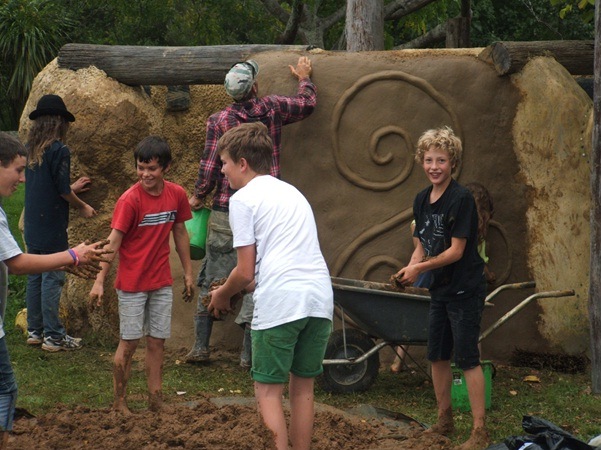Waikato Waldorf embraces te reo Maori
Some parents at Waikato Waldorf School are looking at points Maoritanga and Steiner philosophies have in common in an attempt to identify a specific educational framework in Aotearoa.
Some parents at Waikato Waldorf School are looking at points and Steiner philosophies have in common in an attempt to identify a specific educational framework in Aotearoa.
The school has recently welcomed a new Maori teacher.

Charlotte Brown-Paraone is a fluent speaker of the language and teaches Maoritanga, the language and cultural aspects.
Her role began in week six of the first term, teaching Maori three days a week and kapa haka once a week.
Ms Brown-Paraone has a strong background in te reo and was taught in Maori at kohanga reo through to school and later graduated with a Maori Bachelor of Education. “It’s all about whanaungatanga and manaakitanga for all students, not just Maori, showing respect for cultural tradition and teaching protocol while learning the language.”
The school follows Rudolf Steiner’s approach to education.
The children’s learning is supported through story telling of myths and legends as well as drama and performance.
One in every five pupils at the school identify as Maori.
Parents at the school have started a support network, Te Puawai o te Iti Purearea, to strengthen points where similar aspects of Steiner philosophies and Maoritanga connect to support an educational framework specific to Aotearoa.
A spokesperson for the group Natasha Henare said developing language skills at a young age can be transferred into learning other languages and appreciation for other cultures.
“Maori should be taught at all schools as it will expand our children’s world view and appreciation for Maori culture giving a sense of cultural identity and connection to the land they grow up in.”
Although te reo was recognised in 1987 as an official language, schools are not required to teach the language in their curriculum. School principal Marianne Spiller says a high value is placed on teaching and learning through the arts and movement, not only as stand-alone subjects but also as an integral part of all learning experiences.
“The curriculum supports an unhurried child development and approach to learning. It gives equal importance to nurturing the physical, emotional and intellectual aspects of the child.”
The children are encouraged to learn several languages.
The school was founded in 1996 and currently has 118 pupils and 80 children at Miro House Kindergarten.
“Maori is one of the official languages of New Zealand. Learning another language than the mother tongue is highly beneficial for all children. It broadens the awareness and tolerance for other cultures,” Principal Spiller said.




